Ms. H. said that she had suffered from kidney stones for many years and had undergone two open surgeries to remove kidney stones locally. However, over the past 20 years, the pain has continued to recur. In particular, in the past month, the pain has become increasingly severe. She went to the local hospital for examination and was diagnosed with bilateral kidney stones and grade 1 hydronephrosis in both kidneys. Ms. H. was taken by her family to Binh Dan Hospital, Ho Chi Minh City for treatment.
At Binh Dan Hospital, the patient reported pain in the flanks on both sides. Ultrasound results showed grade 1 hydronephrosis in the right kidney, combined with non-contrast abdominal X-ray and CT scan images showing complex stones in multiple renal calyces in both kidneys. Each kidney had about 4-5 stones, the largest stone measuring about 14x20x20 mm. The patient had a history of high blood pressure, diabetes and had undergone a total of 5 abdominal surgeries to treat various diseases.
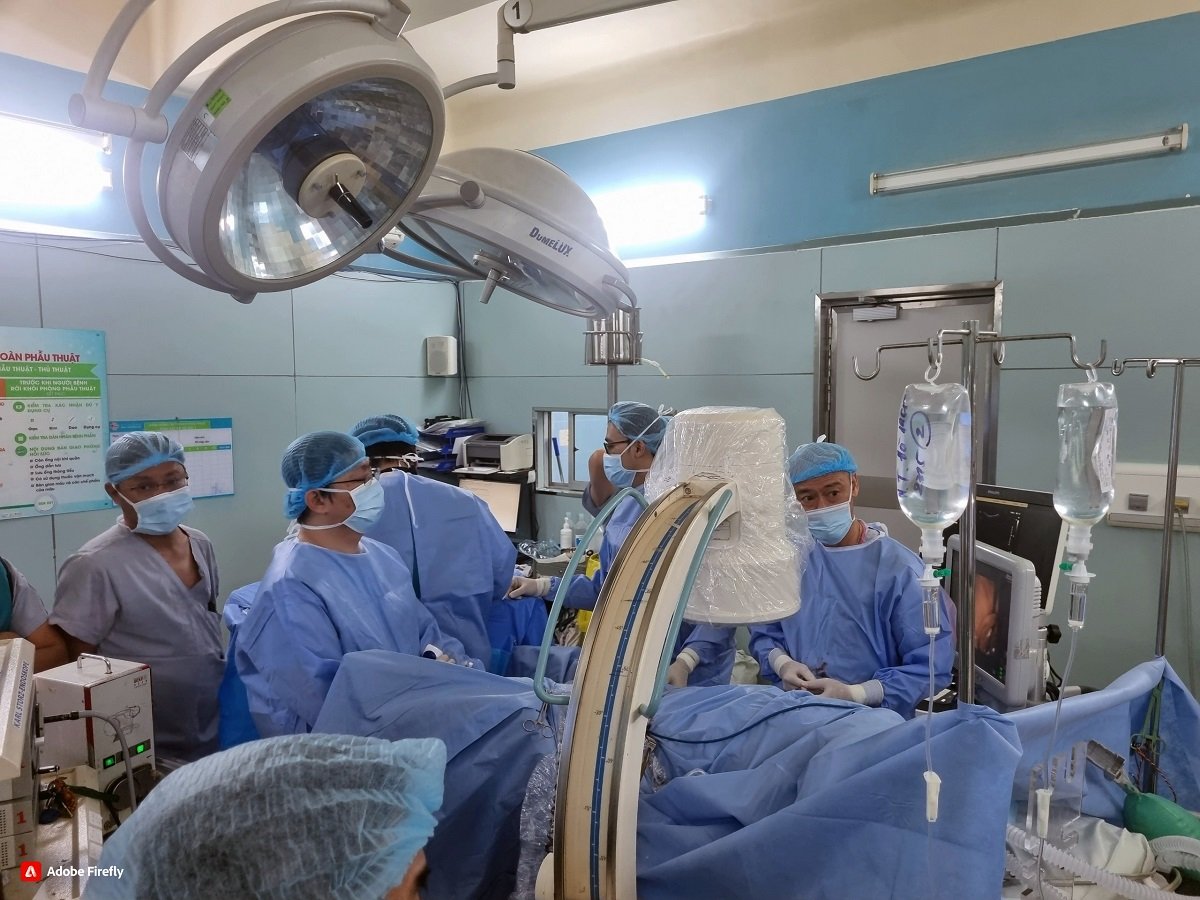
Surgical team to remove stones from patient
Combined retrograde endoscopic and percutaneous nephrolithotomy
Assessing this as a complicated case of stones, the expectation of completely removing the stones was very difficult due to the scarring in the lower back area after many previous surgical interventions, the doctors of Department of Urology B consulted to find the best surgical method for the patient.
After studying the case, the surgical team led by Associate Professor Nguyen Phuc Cam Hoang, Deputy Director of Binh Dan Hospital, Vice President of the Ho Chi Minh City Urology-Nephrology Association, decided to perform a combined right kidney stone lithotripsy using two approaches: retrograde endoscopic and percutaneous endoscopic lithotripsy (ECIRS). This method is reported to have a high stone-free rate after only one surgery thanks to increased access to stones in the renal calyces, difficult locations within direct view, less blood loss and reduced risk of renal calyceal damage.
The team was divided into two groups to perform parallel approaches to kidney stones through two routes, retrograde endoscopy using a flexible endoscope, following the urethra to the kidney, combined with percutaneous endoscopy through the lumbar region into the kidney. After 180 minutes of effort, the kidney stones were broken into small pieces by laser, removed from the body by the washing mechanism and picked up with a stone basket.
The surgery was a success with minimal blood loss. Immediate post-operative fluoroscopy showed that all kidney stones had been removed.
Specialist Doctor 2 Hoang Thien Phuc, Head of Department of Urology B, Binh Dan Hospital, said that after the surgery, the patient was able to walk on the second postoperative day and was discharged on the fourth postoperative day. The patient said that this was the first time in more than 20 years that he no longer felt the pain caused by kidney stones, and his body felt much lighter.
Associate Professor Nguyen Phuc Cam Hoang said that to increase the rate of stone clearance in just one treatment, it is possible to perform percutaneous nephrolithotomy with multiple tunnels. However, this method has the disadvantage of increasing the risk of bleeding and the risk of complications when the number of tunnels is large. The new ECIRS technique of kidney stone clearance combines two retrograde endoscopic and percutaneous approaches, which is a method that both helps to bring high stone clearance efficiency and reduces the risk of complications and side effects.
Source: https://thanhnien.vn/nguoi-phu-nu-dau-dai-dang-20-nam-do-soi-than-du-da-mo-nhieu-lan-185240612141747371.htm



![[Photo] Readers line up to visit the photo exhibition and receive a special publication commemorating the 135th birthday of President Ho Chi Minh at Nhan Dan Newspaper](https://vphoto.vietnam.vn/thumb/1200x675/vietnam/resource/IMAGE/2025/5/17/85b3197fc6bd43e6a9ee4db15101005b)
![[Photo] Prime Minister Pham Minh Chinh chairs meeting on science and technology development](https://vphoto.vietnam.vn/thumb/1200x675/vietnam/resource/IMAGE/2025/5/17/ae80dd74c384439789b12013c738a045)
![[Photo] More than 17,000 candidates participate in the 2025 SPT Competency Assessment Test of Hanoi National University of Education](https://vphoto.vietnam.vn/thumb/1200x675/vietnam/resource/IMAGE/2025/5/17/e538d9a1636c407cbb211b314e6303fd)


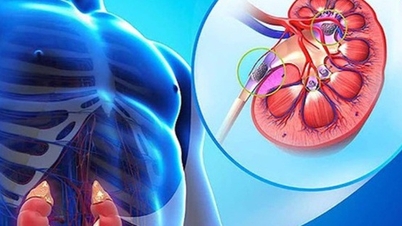




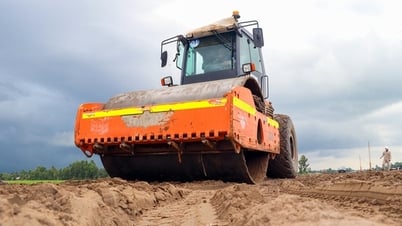

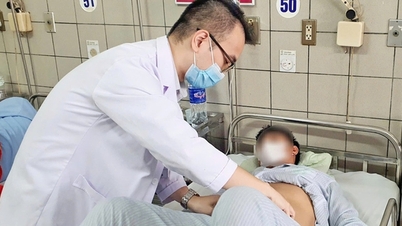



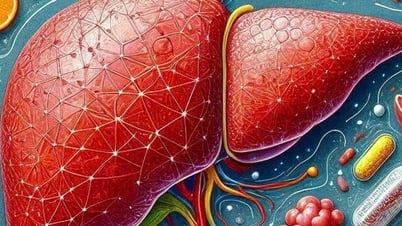


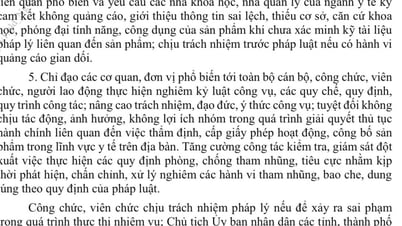
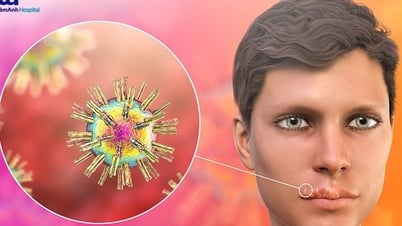
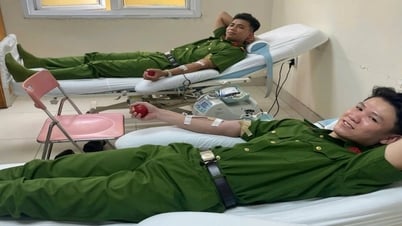






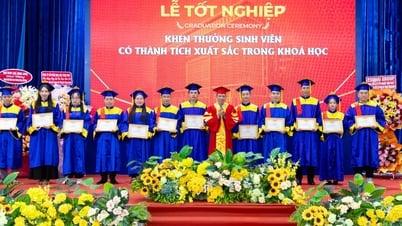


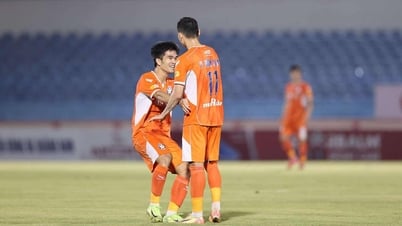

![[Photo] Nearly 3,000 students moved by stories about soldiers](https://vphoto.vietnam.vn/thumb/1200x675/vietnam/resource/IMAGE/2025/5/17/21da57c8241e42438b423eaa37215e0e)





















































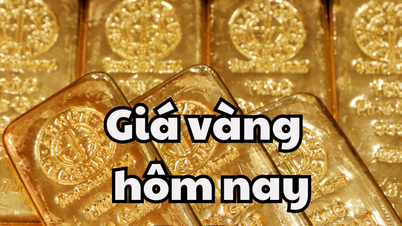

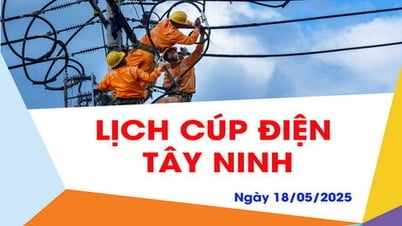














Comment (0)